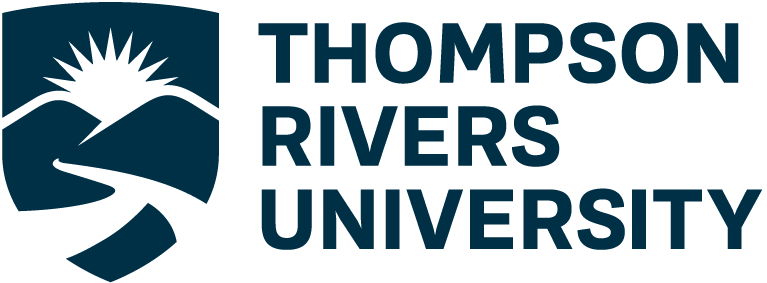Style of Language — Formal Versus Conversational
This guide is available as a Word document or PDF.
The style of language refers to the manner of speaking of the instructor or on-screen agent as well as the manner of written instructions. Formal tone speaks from the third-person perspective, while a conversational tone speaks from the first- or second-person perspective to reference the learner explicitly. Instructions given in a direct tone sound commanding; however, when delivered in a polite tone, they may be reworded as suggestions or questions.
Personalization Principle
The personalization principle theorizes that a conversational, polite tone is more helpful for learning than a formal, direct tone (Fiorella & Mayer, 2021). The reasoning is that personalized messages promote self-referential processing and encourages students to integrate the learning material with their existing knowledge (Fiorella & Mayer, 2021). Table 1 has examples of delivering instructional messages in different tones.
| Style of language | Instructional message | Context |
| Formal | “In very rainy environments plant leaves have to be flexible so that they are not damaged by the rainfall. What really matters for the rain is the choice between thick and thin leaves.” | Environmental science game (Moreno & Mayer, 2000, 2004). |
| Conversational | “This is a very rainy environment, and the leaves of your plant have to be flexible so they’re not damaged by the rainfall. What really matters for the rain is your choice between thick leaves and thin leaves. Which do you think would be more flexible?” | |
| Direct | “Now you have to work on the topic of attribution theories!” | Computer-based lesson about attribution theories, presented as either text or audio (Schneider et al., 2015a). |
| Polite | “In the next passage we could find out about attribution theories” | |
| Direct | “Save the factory now” | Interactive module about learning how to run a factory (Wang et al., 2008). |
| Polite, suggestion-style | “Why don’t we save our factory now?” |
Nonetheless, there are limitations to the instructional benefits of the polite, conversational speaking style. These benefits may be limited to struggling students or to students with lower prior knowledge, as these students need extra motivation to engage with the learning material (McLaren et al., 2007, 2011a, 2011b). Cultural differences may influence how students respond to a direct versus conversational tone and, thus, the effectiveness of personalization to enhance learning (Brom et al., 2014, 2017). Interestingly, in one study, Czech students preferred the direct tone than the conversational tone (Brom et al., 2017).
The comparisons above involve pairs of instructions worded differently, but personalizing an instructional message does not necessarily require rewriting the entire script and may be as simple as replacing “the” with “your”. In a narration about the respiratory system, for instance, “the lungs” becomes “your lungs” (Mayer et al., 2004).
Of note, personalization may also have damaging effects on learning when discussing emotionally aversive topics, such as changing “the” to “you” in a lecture about cerebral hemorrhage (Kühl & Zander, 2017; Zander et al., 2017). In the study, students who received the personalized lecture did more poorly on the transfer test than those who received the depersonalized lecture (Kühl & Zander, 2017; Zander et al., 2017).
In some contexts, such as in a computer-based lesson for secondary students about photosynthesis, slang words, such as “wicked”, were preferable over the more formal phrase “very bad” (Schneider et al., 2015b). Instructors should be cautious about using slang in lectures because slang may have an unintentional, distracting effect of sounding cringy.
Summary
- Speak in a conversational, polite tone from the first- or second-person perspective, and make references to the learner.
- Avoid referencing the learner when discussing emotionally upsetting topics.
Media Attributions
The featured image was created by Jung-Lynn Jonathan Yang under a CC BY-NC-ND 4.0 license.

